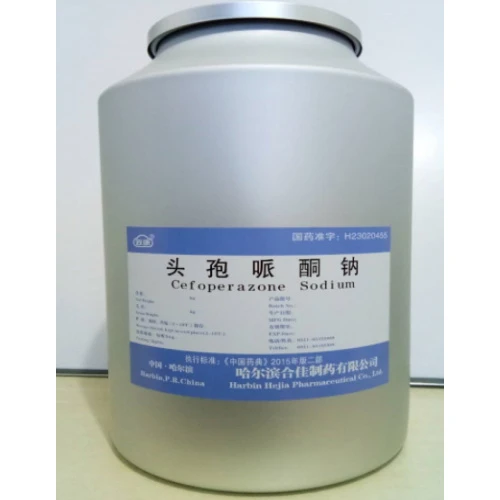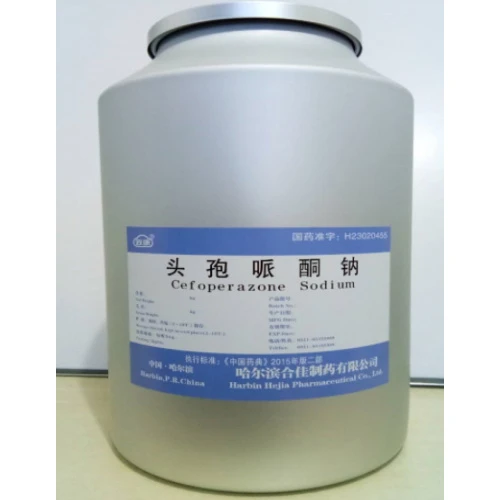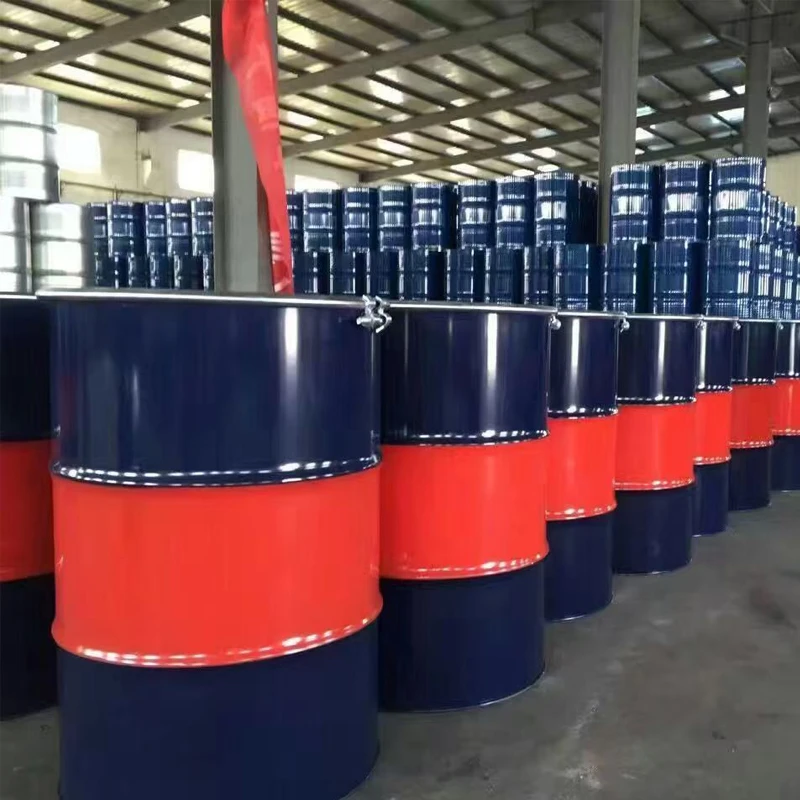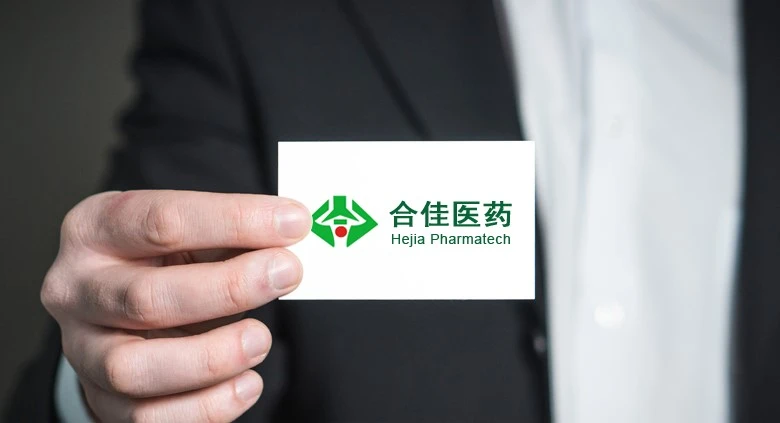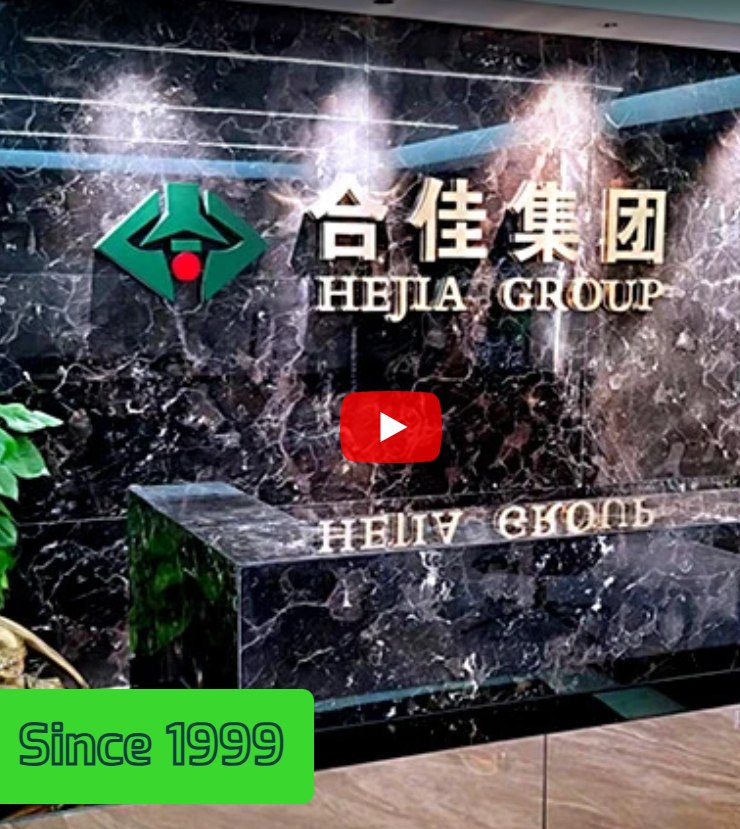Unlocking Fire Safety: A Deep Dive into Hegrecat TCPP Tris (2-Chloro-1-Methylethyl) Phosphate CAS:13674-84-5
In an era demanding enhanced safety and performance across materials, the role of effective flame retardants has become paramount. Among these, Hegrecat TCPP Tris (2-Chloro-1-Methylethyl) Phosphate CAS:13674-84-5 stands out as a critical component in ensuring fire safety for a myriad of applications. This comprehensive guide explores its significance, technical prowess, and the unparalleled value it brings to various industries, emphasizing the commitment of Hegrecat Chemical Technology to innovation and reliability.
Industry Trends and the Evolving Landscape of Fire Safety
The global flame retardant market is experiencing robust growth, driven by increasingly stringent fire safety regulations and a surging demand for flame-retardant materials in sectors like construction, automotive, electronics, and furniture. According to recent market analyses, the global flame retardant market, valued at approximately USD 7.5 billion in 2022, is projected to reach USD 10.5 billion by 2030, exhibiting a Compound Annual Growth Rate (CAGR) of around 4.5% during this period. This growth is significantly influenced by regulatory frameworks such as Europe's REACH, North America's UL standards (e.g., UL 94), and various national building codes, all pushing for higher levels of fire resistance in consumer and industrial products.
While there's a growing trend towards halogen-free flame retardants, Hegrecat TCPP Tris (2-Chloro-1-Methylethyl) Phosphate CAS:13674-84-5, as an organophosphate halogenated flame retardant, continues to hold a significant market share due to its proven efficacy, cost-effectiveness, and versatility in specific applications, particularly in polyurethane foams. Its consistent performance in achieving critical fire safety standards, such as UL-94 V-0 in flexible and rigid foams, maintains its indispensable position in the industry, especially where balanced properties of fire resistance, processing ease, and physical integrity are required.
Technical Parameters and Specifications of Hegrecat TCPP
Hegrecat TCPP Tris (2-Chloro-1-Methylethyl) Phosphate CAS:13674-84-5 is a highly effective, low-viscosity, non-aromatic, halogen-containing phosphate ester. Its chemical structure provides excellent flame retardant properties in a variety of polymer systems, primarily through a combination of gas-phase and condensed-phase mechanisms. In the gas phase, it releases non-combustible gases that dilute flammable ones, while in the condensed phase, it forms a char layer that acts as a barrier, preventing oxygen access and heat transfer.
Key Technical Specifications: Hegrecat TCPP
Understanding the precise technical parameters of Hegrecat TCPP Tris (2-Chloro-1-Methylethyl) Phosphate CAS:13674-84-5 is crucial for its optimal application. Below is a detailed table summarizing its typical properties:
| Parameter | Value (Typical) | Significance for Application |
|---|---|---|
| Chemical Name | Tris (2-Chloro-1-Methylethyl) Phosphate | Specific designation of this organophosphate flame retardant. |
| CAS Number | 13674-84-5 | Globally recognized unique identifier, essential for regulatory compliance. |
| Molecular Formula | C9H18Cl3O4P | Defines elemental composition, crucial for chemical reactions and analysis. |
| Appearance | Colorless to Light Yellow Transparent Liquid | Indicates purity and ease of integration into various matrices without discoloration. |
| Purity (GC) | ≥ 99.0% | High purity ensures consistent performance and minimal unwanted byproducts. |
| Viscosity (25°C) | 60-80 mPa·s | Low viscosity facilitates easy pumping, mixing, and processing in liquid systems like polyols for PU foams. |
| Density (20°C) | 1.28-1.30 g/cm³ | Important for formulation calculations and material handling. |
| Acid Value (mg KOH/g) | ≤ 0.1 | Low acidity prevents corrosion of equipment and ensures compatibility with pH-sensitive systems. |
| Water Content | ≤ 0.1% | Low moisture content prevents foaming in polyurethane applications and ensures stability. |
| Phosphorus Content | ~9.5% | Directly correlates with flame retardant efficiency, as phosphorus compounds are key active components. |
| Chlorine Content | ~32% | Contributes to flame retardancy, particularly in the gas phase, by scavenging free radicals. |
| Flash Point (COC) | >200°C | High flash point indicates good thermal stability and safer handling/storage. |
| Hydroxyl Value | ≤ 5 mg KOH/g | Low hydroxyl content ensures it does not react significantly with isocyanates in PU systems. |
Advanced Manufacturing Process of Hegrecat TCPP
The production of Hegrecat TCPP Tris (2-Chloro-1-Methylethyl) Phosphate CAS:13674-84-5 at Hegrecat Chemical Technology involves sophisticated chemical synthesis and purification techniques, ensuring high purity and consistent quality. Unlike mechanical parts that undergo casting or machining, chemical compounds like TCPP are manufactured through precise reactions and subsequent refining steps. Our process adheres to strict quality management systems, certified by ISO 9001, guaranteeing traceability and excellence at every stage.
1. Raw Material Preparation
Precise measurement and pre-treatment of key precursors, primarily phosphorus oxychloride (POCl3) and propylene oxide (or propylene chlorohydrin). Quality inspection ensures purity of incoming raw materials.
2. Esterification Reaction
The core synthesis step involves the controlled reaction of POCl3 with the propylene derivative in a specialized reactor under specific temperature and pressure conditions. Catalysts may be used to optimize yield and selectivity.
3. Neutralization & Washing
Post-reaction, the crude product is neutralized to remove residual acidity and then subjected to multiple washing steps with deionized water to eliminate impurities and unreacted raw materials.
4. Separation & Filtration
The washed product undergoes phase separation to remove aqueous layers, followed by fine filtration to eliminate any solid particulates, ensuring a clear, transparent liquid product.
5. Distillation & Purification
Vacuum distillation is employed to further purify Hegrecat TCPP Tris (2-Chloro-1-Methylethyl) Phosphate CAS:13674-84-5, removing any remaining volatile impurities and achieving the desired purity level (≥99%).
6. Quality Control & Packaging
The final product undergoes rigorous quality control testing, including GC analysis for purity, viscosity, acid value, and water content. Once approved, it is packaged into suitable container111s, ready for dispatch. All stages are meticulously monitored for environmental compliance.
Technical Advantages of Hegrecat TCPP
Hegrecat TCPP Tris (2-Chloro-1-Methylethyl) Phosphate CAS:13674-84-5 offers a compelling set of advantages that make it a preferred choice for formulators seeking reliable fire safety solutions:
- Superior Flame Retardancy: It is highly effective in achieving stringent fire standards, notably UL-94 V-0 in flexible and rigid polyurethane foams, essential for building insulation, furniture, and automotive interiors.
- Excellent Compatibility: Its low viscosity and good miscibility ensure easy integration into various polymer systems, including polyols, resins, and adhesives, without negatively impacting material properties or processing.
- Thermal Stability: Hegrecat TCPP Tris (2-Chloro-1-Methylethyl) Phosphate CAS:13674-84-5 exhibits good thermal stability, crucial for maintaining its integrity and effectiveness during high-temperature processing and throughout the product's service life.
- Low Volatility: This property ensures that the flame retardant remains within the material, providing long-term fire protection and minimizing emissions during manufacturing and use.
- Cost-Effectiveness: As a widely adopted and efficiently produced flame retardant, TCPP offers an excellent balance of performance and cost, providing an economical solution for fire safety compliance.
- Hydrolytic Stability: Offers good resistance to hydrolysis, ensuring the stability and longevity of the flame retardant effect in end products, even in humid environments.

Application Scenarios and Industry Impact
The versatility of Hegrecat TCPP Tris (2-Chloro-1-Methylethyl) Phosphate CAS:13674-84-5 makes it indispensable across numerous industries:
- Building & Construction: Widely used in rigid polyurethane (PU) and polyisocyanurate (PIR) foam insulation panels for walls, roofs, and flooring. These materials contribute to energy efficiency (reducing HVAC loads by up to 30% in well-insulated buildings) and critically, meet fire safety classifications such as Euroclass E or higher, and specific ASTM E84 flame spread and smoke development ratings. For instance, a typical rigid PU foam containing 10-15 phr (parts per hundred resin) of TCPP can achieve a Class A rating for surface burning characteristics.
- Automotive Industry: Essential for flexible PU foams used in car seats, headliners, and interior components, where strict flammability standards (e.g., FMVSS 302) are mandated to enhance passenger safety. Its low fogging characteristics are also a significant advantage for interior applications.
- Furniture & Bedding: Incorporated into flexible PU foams for upholstered furniture, mattresses, and cushions to comply with residential and commercial fire safety standards (e.g., California Technical Bulletin 117-2013). TCPP helps these products pass open-flame tests by preventing rapid ignition and reducing flame spread.
- Electronics & Appliances: Used in epoxy resins and other polymer casings for electrical components and appliance housings to prevent fire propagation in case of overheating or short circuits. Its effectiveness helps products meet UL 94 flame ratings, vital for consumer electronics.
- Adhesives & Coatings: Improves the fire resistance of specialized adhesives and coatings used in various industrial applications, contributing to the overall safety of assemblies.
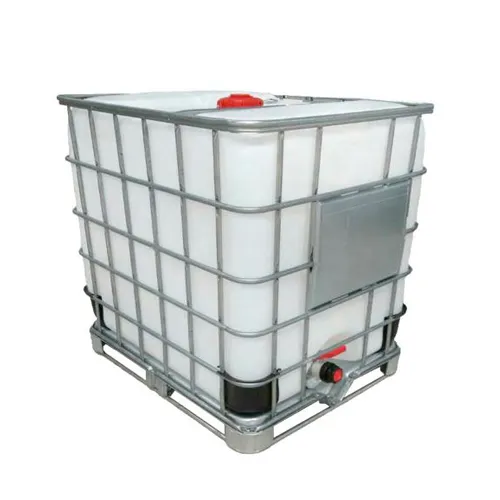
Manufacturer Comparison: Hegrecat's Unrivaled Edge
While the market offers several suppliers of Tris (2-Chloro-1-Methylethyl) Phosphate, Hegrecat Chemical Technology distinguishes itself through a commitment to excellence across several dimensions, providing superior value beyond just the product itself:
- Purity and Consistency: Hegrecat's stringent quality control protocols, from raw material sourcing to final product testing, ensure consistently high purity (≥99%) and batch-to-batch consistency for Hegrecat TCPP Tris (2-Chloro-1-Methylethyl) Phosphate CAS:13674-84-5. This reduces variability in end-product performance and processing.
- Advanced R&D Capabilities: Our dedicated research and development team continuously optimizes synthesis routes and explores new applications, ensuring that Hegrecat remains at the forefront of flame retardant technology.
- Global Supply Chain Reliability: With robust logistics and distribution networks, Hegrecat ensures timely and reliable delivery of Hegrecat TCPP Tris (2-Chloro-1-Methylethyl) Phosphate CAS:13674-84-5 worldwide, minimizing supply disruptions for our clients.
- Exceptional Technical Support: Our team of experienced technical specialists provides comprehensive support, from initial product selection and formulation guidance to troubleshooting and process optimization. We work closely with clients to tailor solutions that meet their specific requirements.
- Commitment to Sustainability: Hegrecat adheres to responsible manufacturing practices, minimizing environmental impact and ensuring compliance with global environmental regulations. Our production processes are designed for efficiency and waste reduction.
- Certifications & Compliance: Beyond ISO 9001 quality management, Hegrecat ensures that Hegrecat TCPP Tris (2-Chloro-1-Methylethyl) Phosphate CAS:13674-84-5 complies with relevant international chemical registration and safety standards, including REACH (Registration, Evaluation, Authorisation and Restriction of Chemicals) for the European Union market, and adheres to various national hazardous substance regulations.
Custom Solutions and Client-Centric Approach
At Hegrecat Chemical Technology, we understand that standard solutions do not always meet unique application demands. We pride ourselves on offering customized solutions for Hegrecat TCPP Tris (2-Chloro-1-Methylethyl) Phosphate CAS:13674-84-5. This includes:
- Tailored Formulations: Adjusting product specifications like viscosity or specific additive blends to optimize compatibility with a client's unique polymer matrix or processing equipment.
- Technical Collaboration: Engaging in joint development projects with clients to address specific fire safety challenges or to develop new flame-retardant material systems.
- Supply Chain Flexibility: Offering various packaging options and delivery schedules to align with client logistics and production needs, ensuring just-in-time delivery where required.
Quality Assurance, Certifications, and Trust
Building trust is fundamental to Hegrecat's philosophy. Our quality assurance framework for Hegrecat TCPP Tris (2-Chloro-1-Methylethyl) Phosphate CAS:13674-84-5 is comprehensive:
- ISO 9001 Certified: Our manufacturing facilities and processes are certified under ISO 9001, guaranteeing a systematic approach to quality management.
- ISO 14001 Compliant: We adhere to ISO 14001 environmental management standards, reflecting our commitment to sustainable production and responsible environmental stewardship.
- Batch-Specific COA: Every batch of Hegrecat TCPP Tris (2-Chloro-1-Methylethyl) Phosphate CAS:13674-84-5 comes with a Certificate of Analysis (COA), verifying its conformance to published specifications.
- Regulatory Compliance: Our products meet international regulatory requirements, including REACH, RoHS, and various national chemical inventories. Safety Data Sheets (SDS) are readily available.
- Delivery Cycle: Typical delivery for standard orders is within 7-14 business days, with expedited options available for urgent requirements, subject to geographical location and order volume.
- Warranty & Customer Support: Hegrecat offers a standard product warranty covering material defects and specification adherence. Our dedicated customer support team is available during business hours to assist with any inquiries or technical challenges.
Frequently Asked Questions (FAQ) about Hegrecat TCPP
Here are some common professional questions regarding Hegrecat TCPP Tris (2-Chloro-1-Methylethyl) Phosphate CAS:13674-84-5 and its applications:
What is Hegrecat TCPP Tris (2-Chloro-1-Methylethyl) Phosphate CAS:13674-84-5 and its primary function?
Hegrecat TCPP Tris (2-Chloro-1-Methylethyl) Phosphate CAS:13674-84-5 is an organophosphorus flame retardant. Its primary function is to inhibit or suppress the combustion process in various polymer systems, significantly enhancing the fire safety of materials. It achieves this by forming char in the condensed phase and releasing non-combustible gases in the gas phase during a fire event.
What are the key physical and chemical properties that make TCPP effective?
Key properties include its low viscosity (facilitating easy processing), excellent thermal stability (withstanding high processing temperatures), and its effective phosphorus and chlorine content. The combination of these elements enables it to function effectively as a flame retardant in both the condensed phase (char formation) and gas phase (radical quenching), thereby disrupting the combustion cycle.
In which specific applications is Hegrecat TCPP Tris (2-Chloro-1-Methylethyl) Phosphate CAS:13674-84-5 most effective?
It is predominantly effective in polyurethane (PU) foams, both flexible (for furniture, automotive seating) and rigid (for building insulation). It also finds significant use in unsaturated polyester resins, epoxy resins, and certain adhesive and coating formulations where a cost-effective and efficient flame retardant is required to meet specific fire safety standards like UL-94 V-0 or FMVSS 302.
How does Hegrecat ensure the quality and consistency of its TCPP production?
Hegrecat adheres to strict ISO 9001 certified quality management systems. This includes rigorous raw material inspection, precise process control during synthesis, multiple purification steps (like vacuum distillation), and comprehensive final product analysis (GC for purity, viscosity, acid value, water content). Every batch of Hegrecat TCPP Tris (2-Chloro-1-Methylethyl) Phosphate CAS:13674-84-5 comes with a Certificate of Analysis (COA) to guarantee its specifications.
What are the typical safety precautions for handling Hegrecat TCPP Tris (2-Chloro-1-Methylethyl) Phosphate CAS:13674-84-5?
When handling Hegrecat TCPP Tris (2-Chloro-1-Methylethyl) Phosphate CAS:13674-84-5, it is recommended to wear appropriate personal protective equipment (PPE), including chemical-resistant gloves, safety goggles, and protective clothing. Ensure adequate ventilation in the work area. Avoid direct contact with skin and eyes. Refer to the Safety Data Sheet (SDS) for comprehensive handling, storage, and emergency procedures.
Does Hegrecat TCPP Tris (2-Chloro-1-Methylethyl) Phosphate CAS:13674-84-5 comply with international environmental regulations?
Yes, Hegrecat TCPP Tris (2-Chloro-1-Methylethyl) Phosphate CAS:13674-84-5 is produced and distributed in compliance with major international environmental regulations, including REACH for the European Union market. Hegrecat also adheres to ISO 14001 environmental management standards, emphasizing responsible manufacturing and product stewardship.
What are the recommended storage conditions and shelf life for TCPP?
Hegrecat TCPP Tris (2-Chloro-1-Methylethyl) Phosphate CAS:13674-84-5 should be stored in a cool, dry, and well-ventilated area, away from direct sunlight and sources of ignition. Keep container111s tightly closed. Under proper storage conditions, the typical shelf life is 12 months from the date of manufacture. Prolonged exposure to moisture can affect its hydrolytic stability.
Can Hegrecat TCPP Tris (2-Chloro-1-Methylethyl) Phosphate CAS:13674-84-5 be customized for specific formulation requirements?
Yes, Hegrecat Chemical Technology offers custom solutions. While our standard Hegrecat TCPP Tris (2-Chloro-1-Methylethyl) Phosphate CAS:13674-84-5 product meets most industry needs, our technical team can collaborate with clients to explore minor adjustments in parameters like viscosity or to provide formulation guidance to optimize its performance within specific polymer systems and achieve desired end-product properties.
Conclusion: The Enduring Value of Hegrecat TCPP
Hegrecat TCPP Tris (2-Chloro-1-Methylethyl) Phosphate CAS:13674-84-5 represents a cornerstone in the field of flame retardant chemistry, offering a proven and cost-effective solution for enhancing fire safety across a broad spectrum of materials. Its unique combination of excellent flame retardancy, low viscosity, and compatibility makes it indispensable for manufacturers striving to meet rigorous international fire safety standards while maintaining product integrity and process efficiency.
As fire safety regulations continue to evolve and consumer demand for safer products grows, the strategic importance of reliable flame retardants like Hegrecat TCPP Tris (2-Chloro-1-Methylethyl) Phosphate CAS:13674-84-5 will only increase. Hegrecat Chemical Technology remains committed to leading this charge, delivering not just a chemical product, but a comprehensive solution backed by advanced R&D, stringent quality control, global logistical support, and unparalleled customer service. Partner with Hegrecat to build a safer future, one material at a time.
Industry Insights & Further Reading:
For more in-depth understanding of flame retardant mechanisms and market dynamics, consider the following resources:
- "The Global Market for Flame Retardants: Trends, Forecasts, and Opportunities" - Grand View Research, published May 2023. (Source Example)
- "Fire Retardancy of Polymeric Materials: New Strategies and Mechanisms" - A.L. Turetsky, C.A. Wilkie, Journal of Applied Polymer Science, Vol. 138, Issue 34, 2021. (Academic Journal Example)
- "Current Regulations and Future Trends in Flame Retardants" - Pinfa (Phosphorus, Inorganic and Nitrogen Flame Retardants Association) industry forum discussions. (Industry Association Example)

